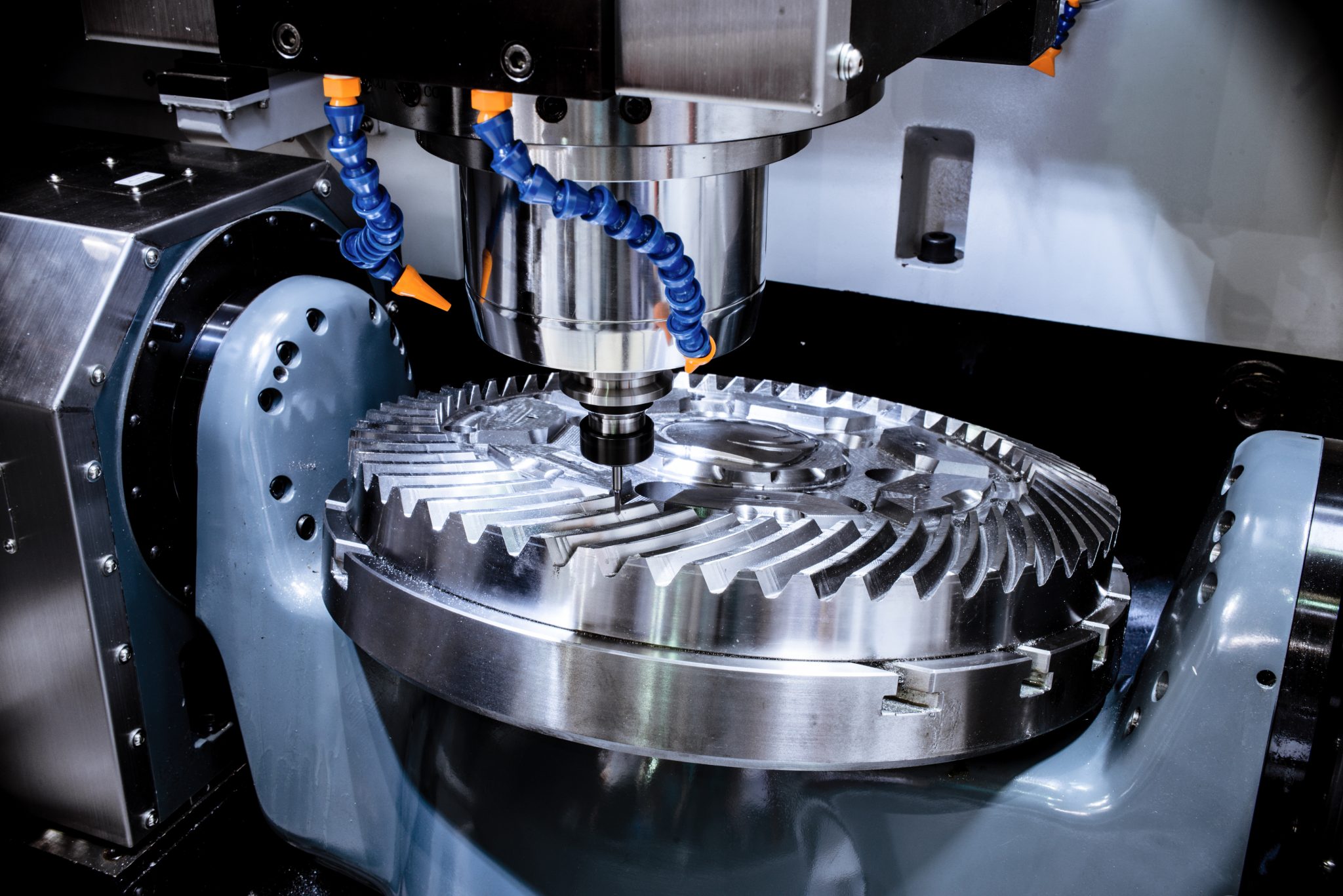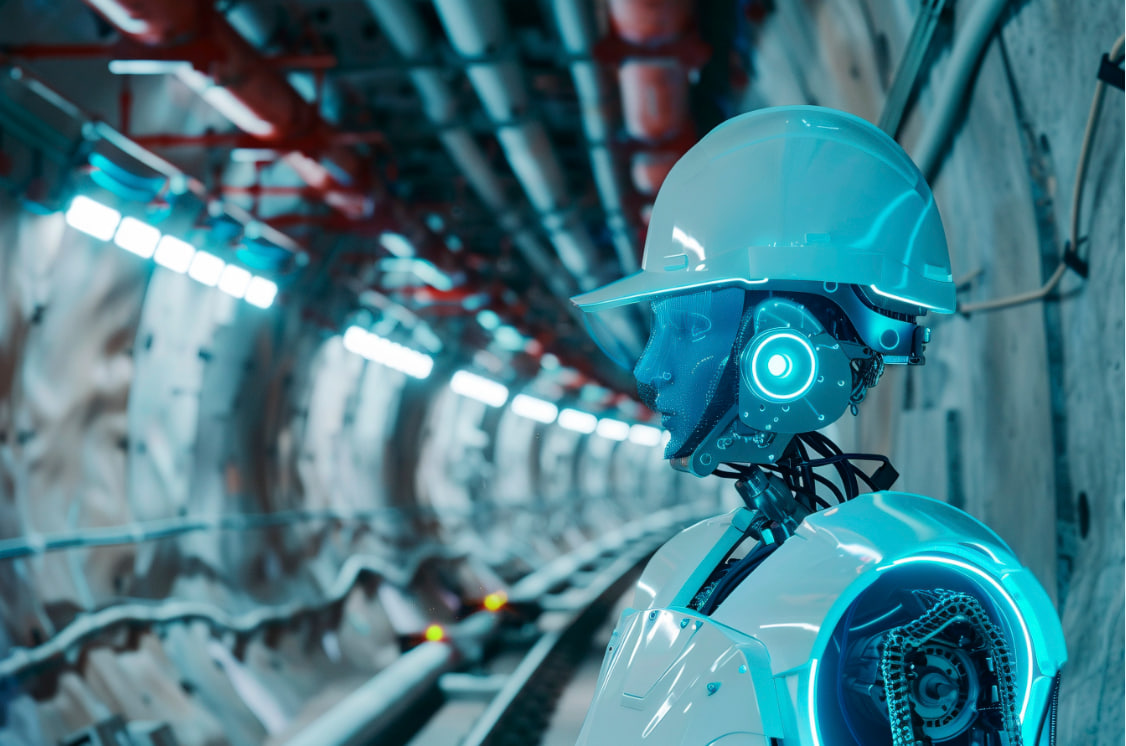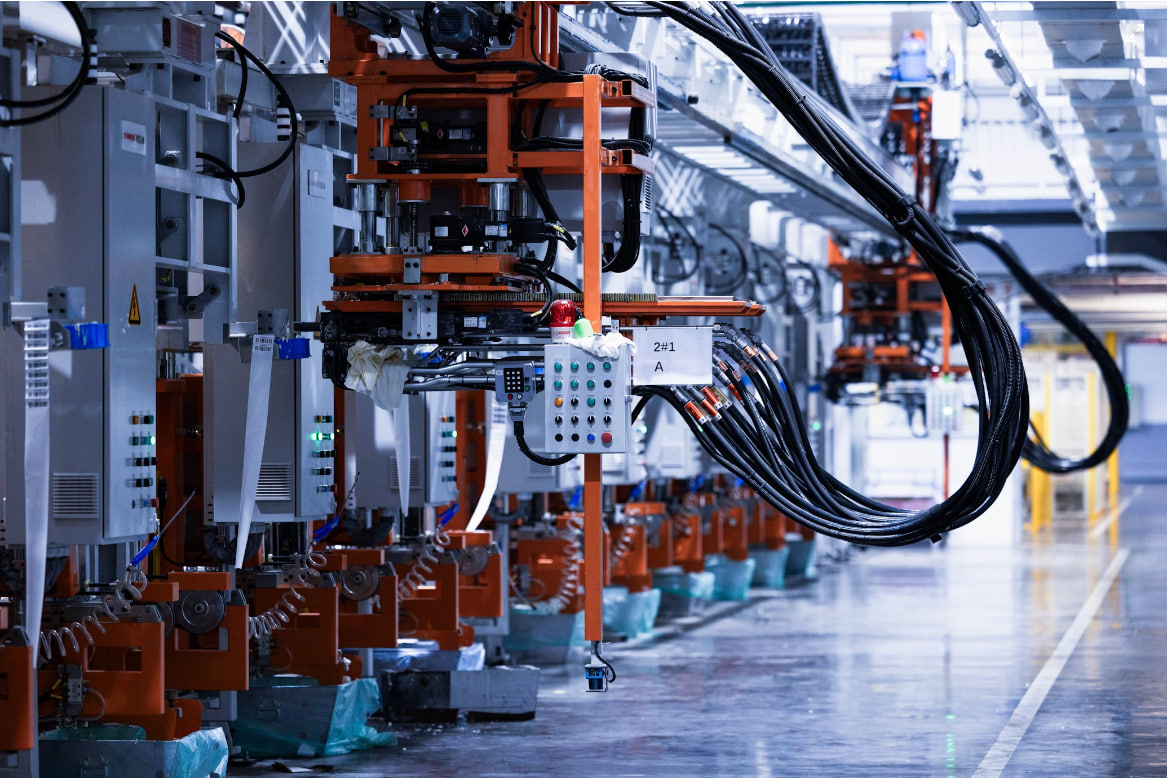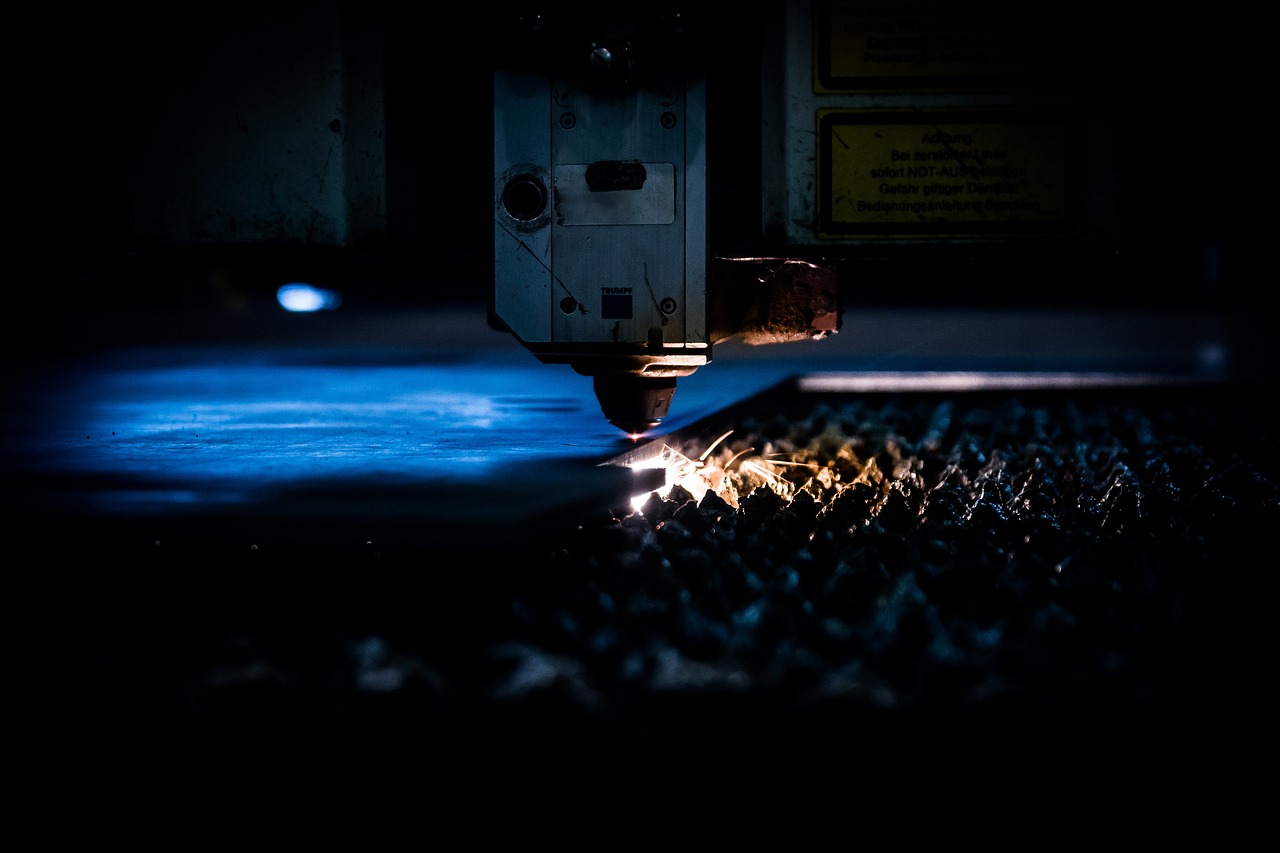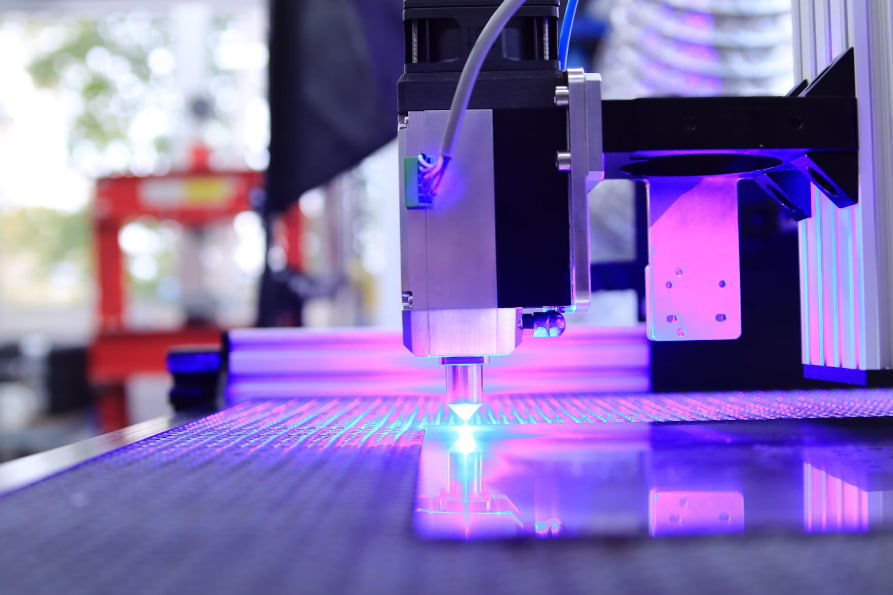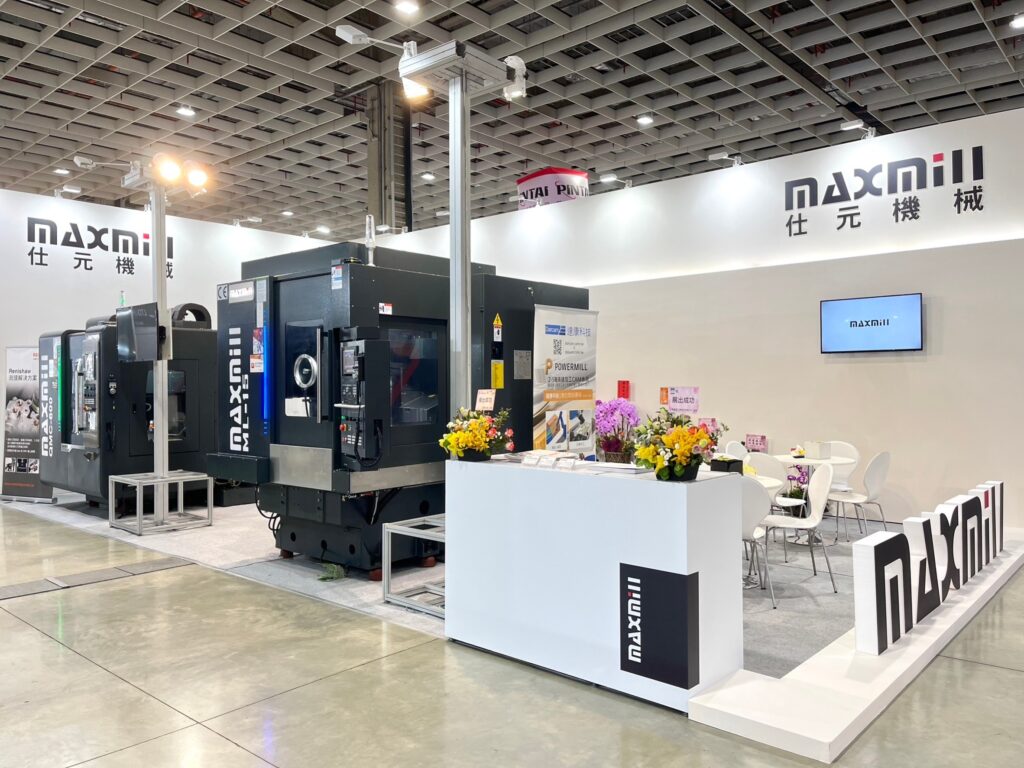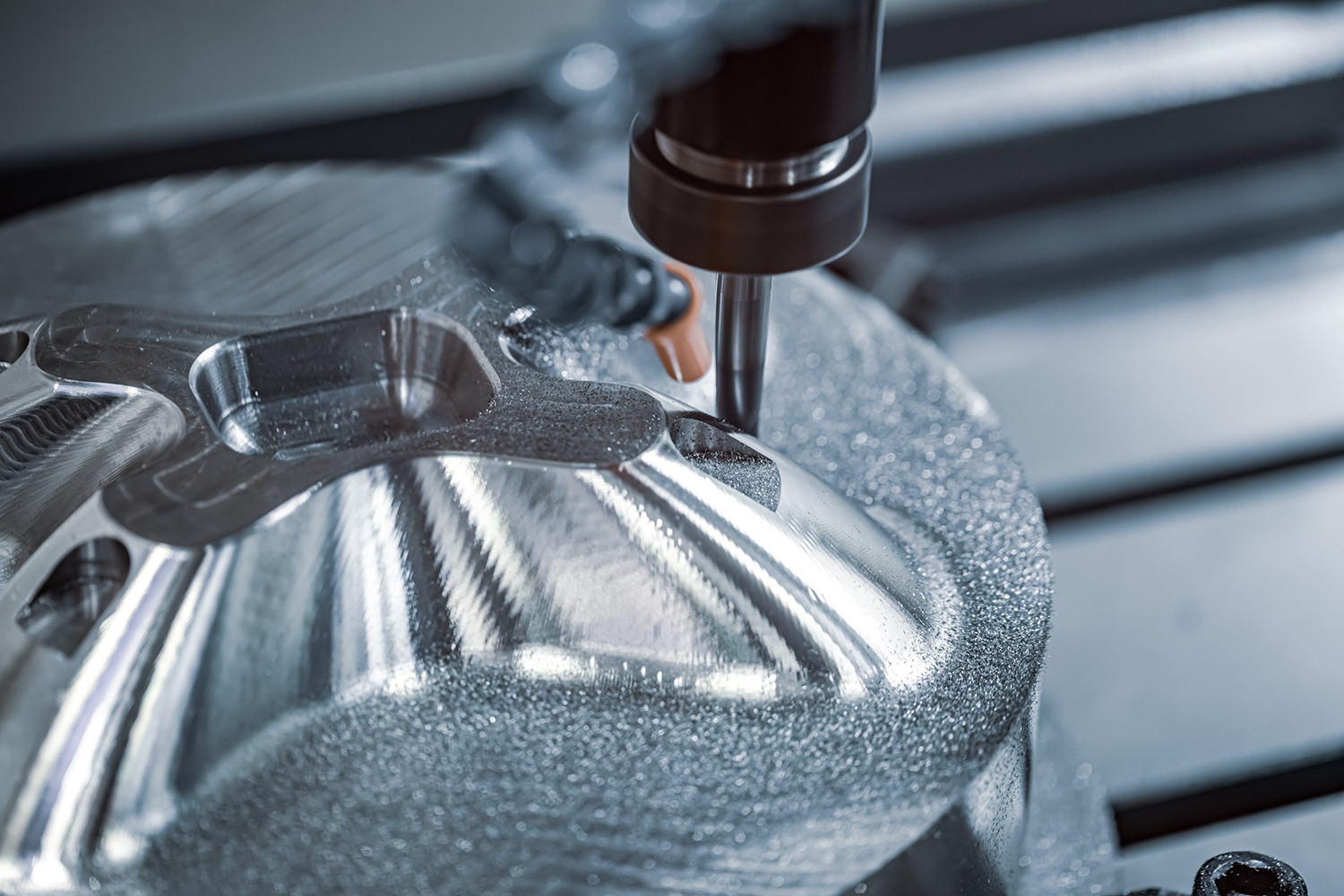Entering 2024, let’s delve into key events showcasing the latest trends and technologies in CNC machines.
This article explores trade exhibitions, where experts, manufacturers, and enthusiasts convene to share and experience cutting-edge CNC machining advancements.
From bustling exhibitions in Germany to innovative showcases in the USA, these events shape the future landscape of CNC machines. Each exhibition offers professionals an opportunity to explore the latest technologies, forge crucial connections, and immerse themselves in the dynamic world of CNC machining.
We’ll delve into these events, illustrating how they drive progress and foster community engagement. They serve as compasses guiding the trajectory of CNC machine evolution.
The surge in online research popularity has revolutionized exploration and learning about products. Unlike traditional trade shows, platforms like Qviro offer round-the-clock accessibility, empowering users to gather information and make decisions at their own pace, unrestricted by event schedules.
IMTS – International Manufacturing Technology Show: IMTS 2024 showcases cutting-edge technologies such as smart manufacturing and 3D printing. IMTS+ supplements the trade show with streaming presentations, digital content, articles, and technical papers, fostering innovation and shaping the future of manufacturing.
Date: September 9, 2024 – September 14, 2024
Location: McCormick Place, Chicago, Illinois, USA
JIMTOF – Japan International Machine Tool Fair: JIMTOF 2024 in Japan highlights the latest manufacturing innovations. Exhibitors unveil advanced machine tools and automation solutions, making it a global nexus for industry leaders to unveil new products, exchange ideas, and foster international collaborations, reflecting the dynamic progress in machine tools and manufacturing.
Date: November 5, 2024 – November 10, 2024
Location: Tokyo Big Sight, Tokyo, Japan
CIMT – China International Machine Tool Show: China International Machine Tool Show (CIMT) sets a global standard akin to EMO and IMTS. The exhibition features numerous new products, hosts forums, and draws professional visitors, contributing significantly to advancing machinery manufacturing technology and maintaining a pivotal role in the global machine tool industry.
Date: April 12, 2024 – April 17, 2024
MACH: MACH 2024 serves as a vital platform for UK manufacturing, fostering idea exchange, innovative workflows, and industry collaboration. It addresses challenges such as energy costs, labor shortages, and sustainability, offering industry leaders and professionals an avenue to convene, exchange ideas, and enhance manufacturing practices.
Date: April 15, 2024 – April 19, 2024
Location: NEC Birmingham, Birmingham, UK
METAV: METAV attracts 500 exhibitors and 26,000 visitors globally, showcasing innovations in machine tools, manufacturing systems, and related technologies. Attendees can participate in on-site demonstrations and workshops at the METAV Forum, exploring various industry topics.
Date: February 20, 2024 – February 23, 2024
Location: Messe Düsseldorf Düsseldorf, Germany
FABTECH: FABTECH 2024 stands as North America’s premier event for metal forming, fabricating, welding, and finishing. With over 1,500 top suppliers, attendees can explore new solutions, enhance productivity, and stay abreast of the latest technology trends.
Date: October 15, 2024 – October 17, 2024
Location: Orange County Convention Center, Orlando, Florida, USA
MTA Vietnam: MTA Vietnam 2024 offers a valuable platform for exhibitors and visitors alike, featuring talk shows and seminars aimed at modern production businesses. With participants from 17 countries/regions, it presents ample opportunities for networking, partnership building, and goal alignment.
Date: July 2, 2024 – July 5, 2024
Location: Saigon Exhibition & Convention Center (SECC), Ho Chi Minh City, Vietnam
Global Industrie: Global Industrie Paris 2024, held at Paris Nord Villepinte, serves as a dynamic meeting point for the industrial ecosystem, with a focus on cutting-edge robotics technologies.
Date: March 25, 2024 – March 28, 2024
Location: Paris Nord Villepinte, Paris, France
MECSPE: MECSPE, hosted at BolognaFiere, showcases the latest in manufacturing innovations and sustainability efforts, offering valuable insights for industry professionals.
Date: March 6, 2024 – March 8, 2024
Location: BolognaFiere, Bologna, Italy
BI-MU: BI-MU, held at fieramilano, Milan, serves as a prominent international exhibition for the machine tool industry, facilitating networking and business opportunities.
Date: October 9, 2024 – October 12, 2024
Location: fieramilano, Milan, Italy
In conclusion, 2024 features significant global trade exhibitions for CNC machining, spanning various countries and showcasing the forefront of technological advancements. These events not only showcase innovations but also serve as platforms for industry networking and collaboration, driving the future trajectory of CNC machining worldwide. As we anticipate 2025, the industry’s continual growth promises an exciting future for CNC machining on a global scale.

